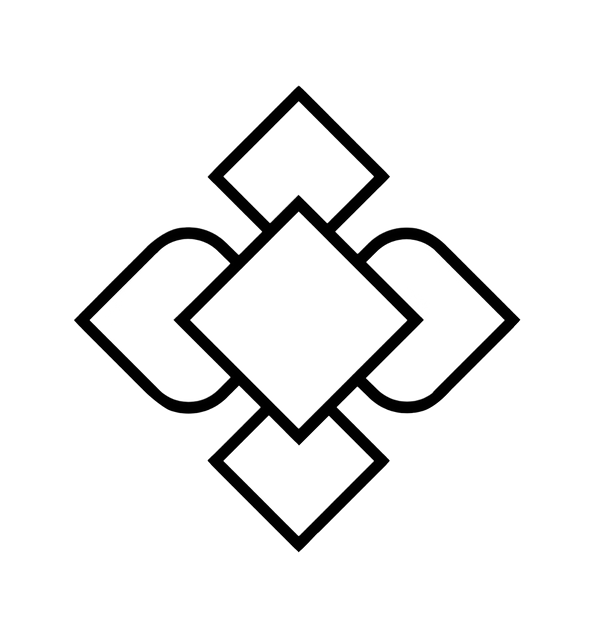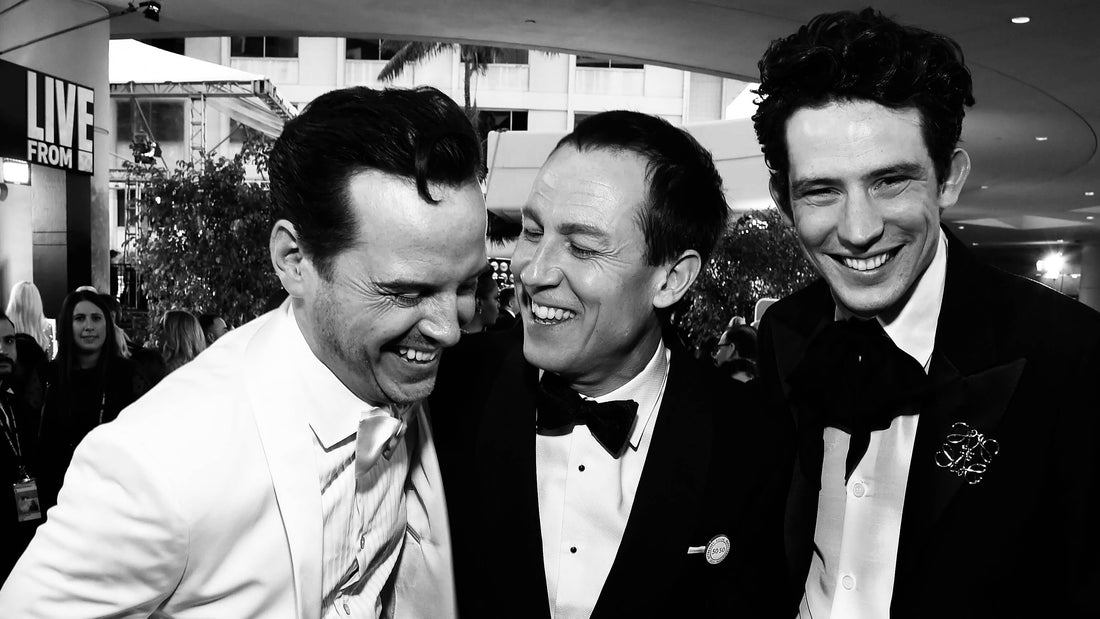What is a dresscode definition? Dresscodes regulate what people wear, based on the specific context in which they present their outfits. Today dresscodes are less commonly used as fashion is more liberal than ever before. But that wasn't always the case. Therefore, let us take a look at the history before we delve into the common dresscode definition of today.
History of Dresscode Definition
While dresscodes today are primarily suggestions or recommendations for specific social events, this wasn't the case for the majority of the time. Throughout the ages, seeing the dresscode as part of the social hierarchy was more common. Thus, they were enforced by law and punished if not rightfully implemented. One example can be found in ancient Rome, where only citizens were allowed to wear a toga. This garment was meant as a privilege that should differentiate between citizens and slaves or other non-citizens. If a slave got a hold of a toga and dared to wear it in public, he would have faced criticism, to say the least. The dresscode definition back then was everything other than suggestive.

All this craziness wasn't solely a phenomenon observed in ancient civilizations. In medieval Europe, so-called "sumptuary laws" were used across the continent to prohibit certain societal classes from wearing specific materials, signaling a rather strict dresscode definition. A very prominent example is Queen Elizabeth I. The queen was so concerned about social stability that she banned silk, satin, and velvet for the lower classes. But other countries in Europe like France saw equal developments, where sometimes even certain colors were prohibited. All these laws had the same prospect of cementing the prevailing social hierarchy. The legislative acts were passed by the people on top of the social hierarchy, afraid to lose their rank due to economic shifts. Even very successful merchants thus weren't allowed to dress like the aristocracy.
With the developments of the Industrial Revolution, social hierarchies became more complex and intertwined. Huge rises in global trade gave the middle and lower classes access to what were once luxury items. In response, rather than focusing on prohibiting materials, the aim of dress codes began to shift towards more detailed and nuanced aspects. Examples are a specific cut, style, and detailed decoration of garments.
The 19th and 20th centuries then saw huge steps towards the "democratization of fashion". A term that hadn't really held any significance before. Publications such as "Godey's Lady's Book" in the United States and "La Belle Assemblée" in Europe began offering monthly advice on dresscode definition for various social occasions and times of day. Fashion was no longer just about maintaining social order but was also seen as a symbol of personal identity and self-expression. It was at this time that many of the typical dresscode definitions we know today were born.
Dresscode Definition for the 21st Century
The White Tie
Let's start our list with the most formal dress code used today. The White Tie typically requires a black tailcoat, a white bow tie, a white vest, and a formal white shirt, which is often complemented with cuff links and patent leather shoes. Today, it's probably the least common dress code definition. Examples of occasions that would still suggest a white-tie dress code are royal weddings, state banquets, or embassy receptions.
Black Tie
Stepping one level down in terms of formality, the black tie is still a rather formal dress code. Just like the White Tie, the name implements what one can expect from this dresscode definition: A black tuxedo jacket and matching trousers, a white dress shirt, a black bow tie, and typically a cummerbund or waistcoat, often paired with formal black shoes. Together with the White Tie, the Black Tie forms a specific class of dresscode definition called Evening Wear: A centuries-old tradition that reserved one’s finest attire until after sundown.

Black Tie Optional (Semi-Formal)
Black Tie Optional, often considered Semi-Formal, leaves guests the choice between a Black Tie outfit and slightly less formal attire. Men are definitely more flexible on Semi-Formal occasions but still expected to dress in a dark suit and tie if they do not prefer a tuxedo. Women on the other hand can choose between evening gowns, cocktail dresses, or sophisticated separates. This dresscode definition breaks the stringent requirements of Evening Wear, which makes it a prominent choice for weddings and formal dinners in the 21st century.
Cocktail Attire
Cocktail attire is slightly less formal than semiformal. It typically includes a suit and tie for men, often in darker colors, while women usually wear a knee-length dress. This dresscode is perfect for parties, lighter formal events like cocktail parties, and celebrations where festive but not overly formal attire is appropriate.
Festive Attire
Festive Attire is similar to cocktail attire but with a more celebratory twist, often incorporating bold colors and playful accessories. This dresscode definition is common during holiday seasons or themed parties, where guests are encouraged to dress vibrantly yet tastefully.
Business Formal (Boardroom Attire)
This dresscode was born in the early 20th century and was an output of the rapid industrial growth seen during these times. The need for a dress code that reflected seriousness and professionalism was paramount. Men typically dress in conservative, dark suits paired with a white or muted-colored dress shirt and a restrained tie. Women's outfits are also rather professional. Often the choice is made between a suit or a business dress. Business Formal is today primarily used for business meetings of high stakes and certain corporate events. However, it has become less common due to a shift in business culture in most industries today.
Business Casual
The gates of casual wear were finally opened with the introduction of the Business Casual dresscode definition. By the late 20th century, businesses sought to improve workplace morale with the introduction of "Casual Fridays". In combination with the more relaxed corporate culture of Silicon Valley start-ups, the ground for the liberation of workwear was laid. For men, this included trousers or khakis with a collared shirt, occasionally paired with a blazer or sweater, but rarely a tie. Women might wear a combination of skirts or trousers with blouses, knit tops, or conservative dresses.
Smart Casual
During the early 21st century, this dresscode definition became the most popular one for offices in most industries. It mixes elements of casual wear with a hint of formality. This includes jeans paired with a blazer, stylish footwear, and well-fitted, neat shirts for men, or elegant blouses and jackets for women. Other than in law, banking, or finance, Smart Casual is the predominant dress code definition in the workspace.
Casual
The most relaxed on this list: Casual dresscode means clothing that is fit for everyday use. Except joggers, this almost includes all garments, that are common today: Jeans, T-shirts, sneakers, and a wide range of comfortable attire. The casual dress code is typical for informal gatherings, casual dining, or personal errands. Evil tongues claim that even this dress code found its way into the workspace, especially in the advent of the Covid-19 pandemic and the adaptation of home office.
Dresscode Definition: Universal througout the world?
While globalization has helped to spread our dresscode definitions across the globe, local adaptations often occur based on cultural norms. In many parts of the world, traditional garments such as the Cheongsam in China or the Sari in India are the predominant choices for festive attire. Other examples offer the Dishdasha or Thobe in parts of the Middle East, which remain staples for both daily wear and special occasions. Since the early 20th century these garments have been integrated with more modern fashion elements around the world.

Interestingly however traditional attire is preferred for personal use and cultural celebrations while the Western dresscode definition is used in formal business and international diplomatic environments. The suit and the tie have more or less become internationally accepted symbols of professionalism and neutrality. Many world leaders however keep their traditional clothing even in the most professional surroundings as a form of cultural identification.
If you're invited to a traditional wedding of a culture, which's dresscode conventions you're not familiar with. It is never impolite to ask the hosts about the appropriate attire or to research the traditional dresscode definitions of that culture. Showing interest in respecting cultural norms demonstrates good etiquette and appreciation for the host’s heritage. In many cultures, wearing traditional attire to a wedding when you are an outsider is seen as a sign of honor and respect, but it is important to ensure that it is done correctly to avoid any cultural missteps.

